Remember when car companies actually took risks? Long before computer-designed everything and focus groups that iron out any quirk or personality, automakers occasionally went out on a limb with truly revolutionary designs and technologies. Some of these automotive pioneers pushed the envelope so far that the market simply wasn’t ready for them. These mechanical marvels were often too sophisticated, too expensive to produce, or just too darn different for mainstream success. Let’s take a nostalgic cruise down memory lane and revisit some four-wheeled innovations that were simply ahead of their time.
1. Tucker 48 (1948)
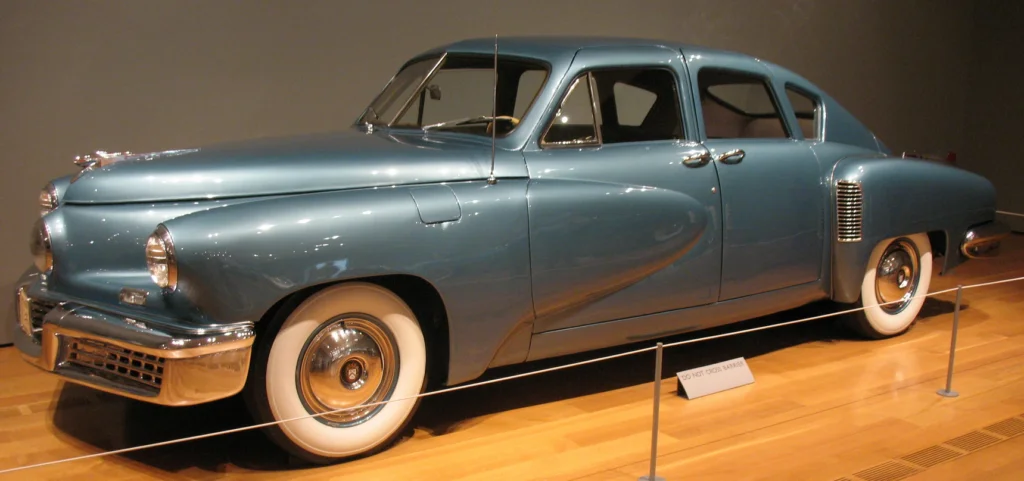
Preston Tucker’s revolutionary sedan featured safety innovations that wouldn’t become standard for decades, including a padded dashboard, reinforced passenger compartment, and the famous center-mounted “Cyclops Eye” headlight that turned with the steering wheel. The Tucker boasted a rear-mounted helicopter engine, pop-out windshield, and four-wheel independent suspension when most cars still rode like horse carriages. Tucker Club goes into the very origins of this groundbreaking car.
Unfortunately, Tucker’s visionary approach attracted unwanted attention from the Big Three automakers and the SEC, whose investigation (despite eventual dismissal of charges) effectively killed the company before it could really get rolling.
2. Chrysler Turbine Car (1963)
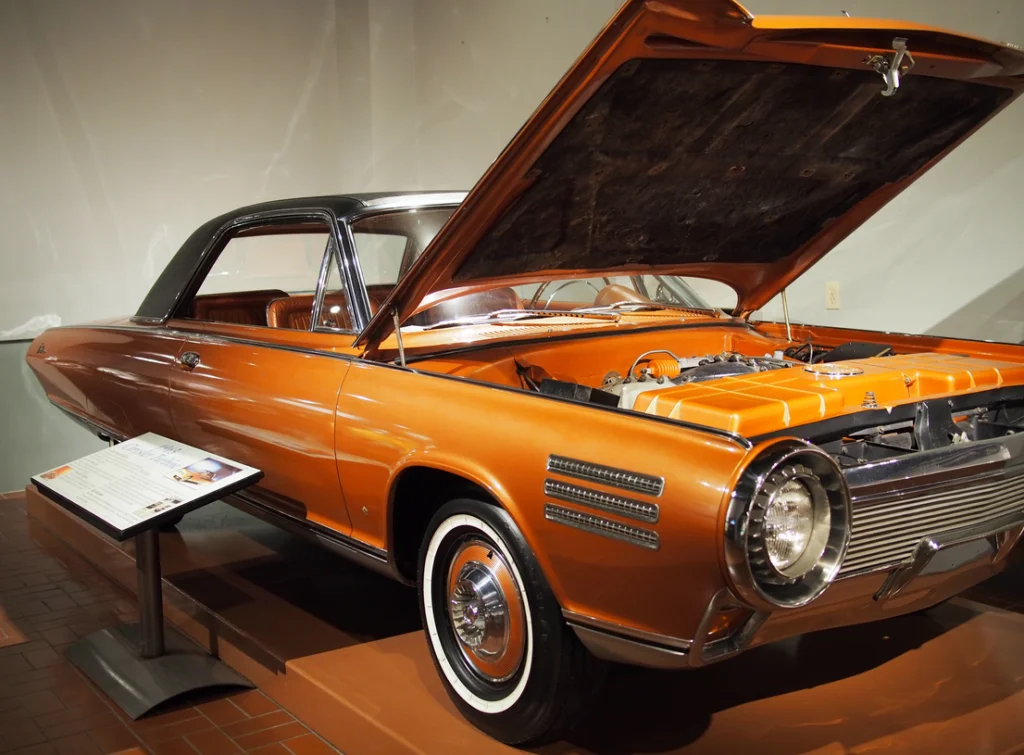
In the early 1960s, Chrysler produced 55 bronze-colored coupes with bodywork by Ghia of Italy and a powerplant that sounded like a jet aircraft taking off. The experimental turbine engine could run on diesel, unleaded gas, kerosene, or even Mexican tequila if you were in a pinch. The Turbine Car eliminated traditional engine headaches with just one-fifth the moving parts of a piston engine and no need for antifreeze, tune-ups, or warm-up time on frigid mornings. Hagerty takes a drive down memory lane to uncover several little-known facts about this handsome vehicle.
Despite a successful public test program where 203 families drove these cars for three months each, Chrysler ultimately scrapped the project due to high manufacturing costs, excessive fuel consumption, and cold-start difficulties that engineers couldn’t economically solve.
3. Citroën DS (1955-1975)
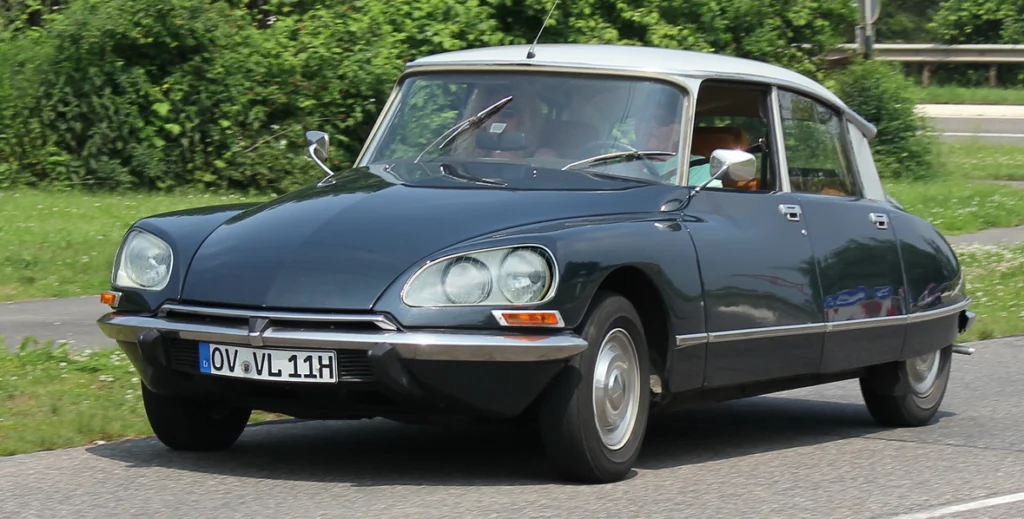
When the DS debuted at the 1955 Paris Motor Show, its aerodynamic design looked like it had arrived from another planet compared to the boxy cars of the era. The revolutionary hydropneumatic self-leveling suspension system provided a magic carpet ride while allowing the car to drive on just three wheels if you got a flat. Inside, single-spoke steering wheels, mushroom-shaped brake pedals, and seats that felt like your favorite armchair made conventional automobiles seem positively prehistoric. Classic World explores the early history and evolution of this surprising powerhouse.
While Europeans appreciated its innovation, Americans were bewildered by its complexity and unconventional approach—and repair shops were equally confused when something inevitably needed fixing.
4. NSU Ro80 (1967-1977)
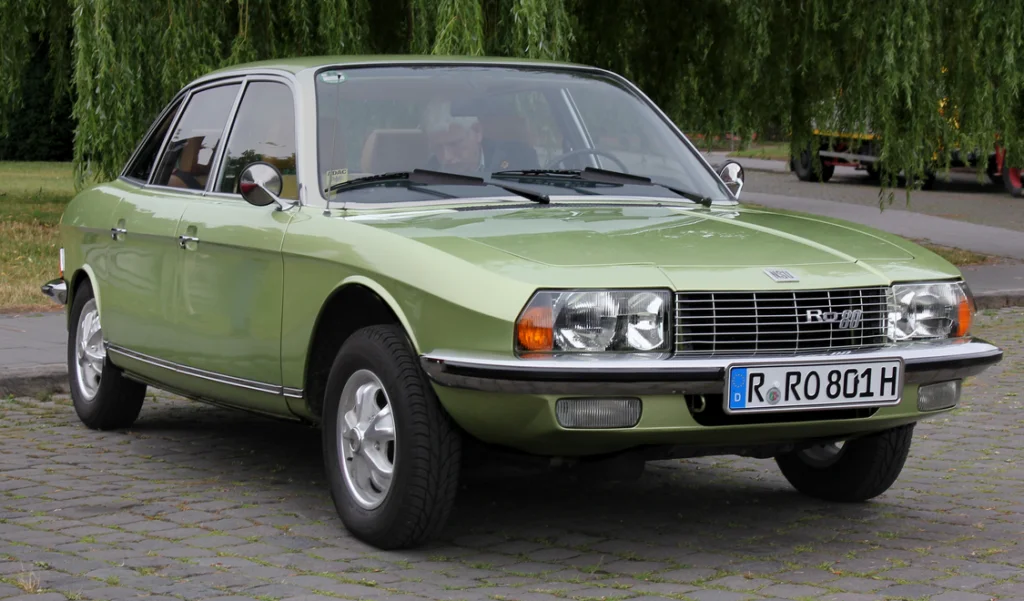
This sleek German sedan won European Car of the Year in 1968 for its aerodynamic styling that presaged design trends by two decades. The Ro80’s front-wheel drive, semi-automatic transmission, and power-assisted steering delivered driving dynamics that felt like they came from the future. Unfortunately, its revolutionary twin-rotor Wankel engine proved disastrously unreliable, with early models sometimes requiring complete replacement after just 30,000 miles.
The engine issues bankrupted NSU, forcing a merger with Auto Union to create Audi, while the Ro80 became a cautionary tale about implementing unproven technology too quickly.
5. AMC Pacer (1975-1980)
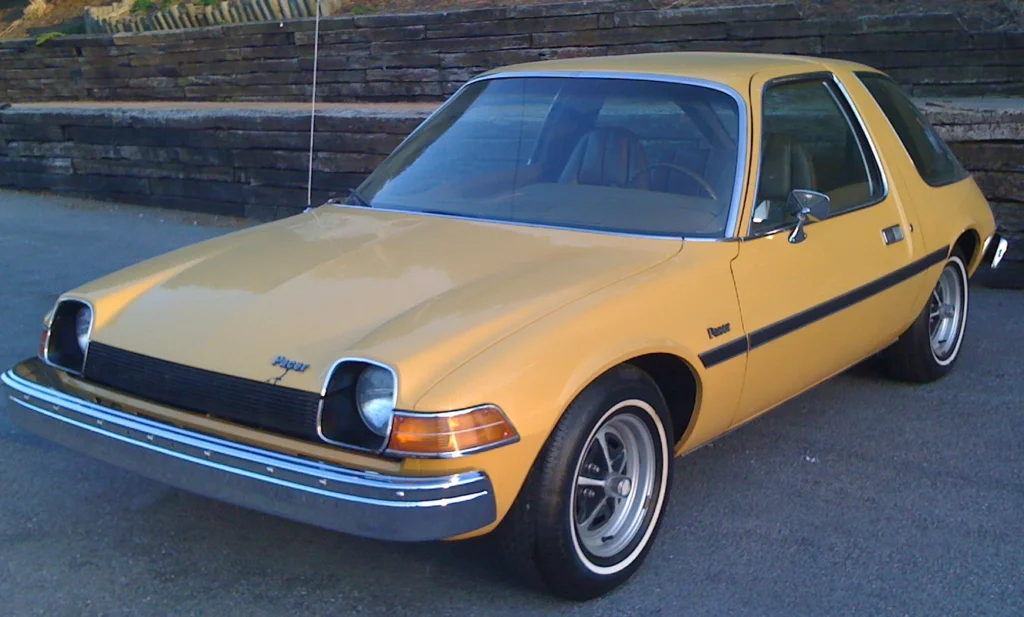
Dubbed “The Flying Fishbowl” for its massive glass area, the Pacer was AMC’s ambitious attempt to create the first “wide small car” for American drivers. Engineers prioritized interior space, resulting in unusual proportions with a passenger-side door that was longer than the driver’s side for easier backseat access.The car’s futuristic design incorporated a wraparound rear window, visibility-enhancing thin pillars, and rack-and-pinion steering that was ahead of most domestic cars.
Sadly, the fuel crisis forced AMC to use their existing straight-six engine instead of the planned Wankel rotary, making the Pacer underpowered and thirsty—a deadly combination that, combined with its unconventional styling, limited its appeal despite its forward-thinking concept.
6. Jensen FF (1966-1971)
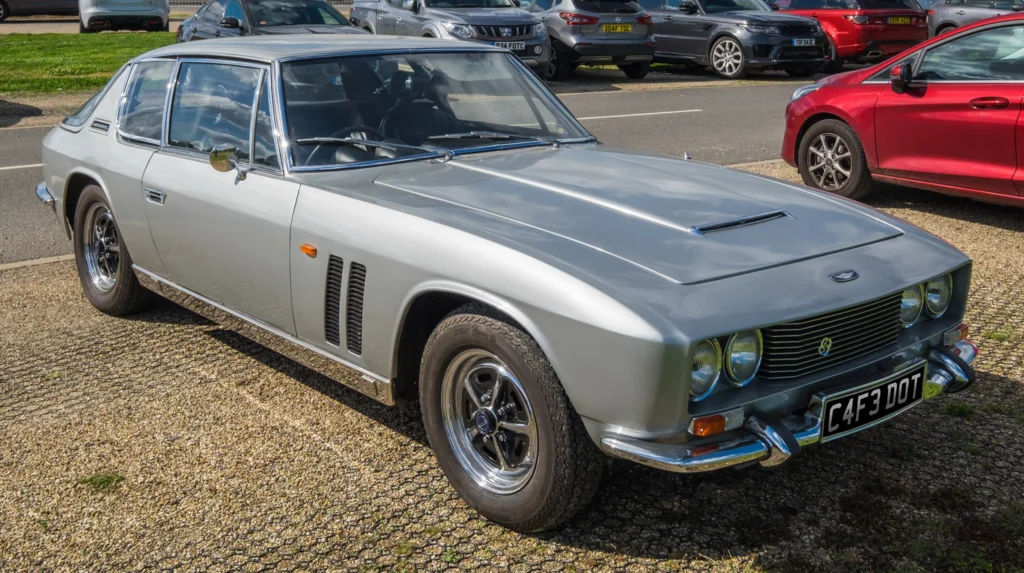
Long before Audi Quattro made all-wheel drive fashionable, the handsome Jensen FF pioneered the technology in a high-performance grand tourer. The FF (“Ferguson Formula” all-wheel drive) also introduced Dunlop’s anti-lock braking system to production cars, technology that wouldn’t become common until the 1980s. These innovations made the FF the safest high-performance car of its era, capable of maintaining control in weather conditions that would send other sports cars sliding off the road.
The buying public, however, couldn’t justify the 30% premium over the already expensive rear-wheel-drive Jensen Interceptor, especially when the systems added complexity and the FF’s left-hand-drive conversion proved too expensive to pursue.
7. Cord 810/812 (1936-1937)
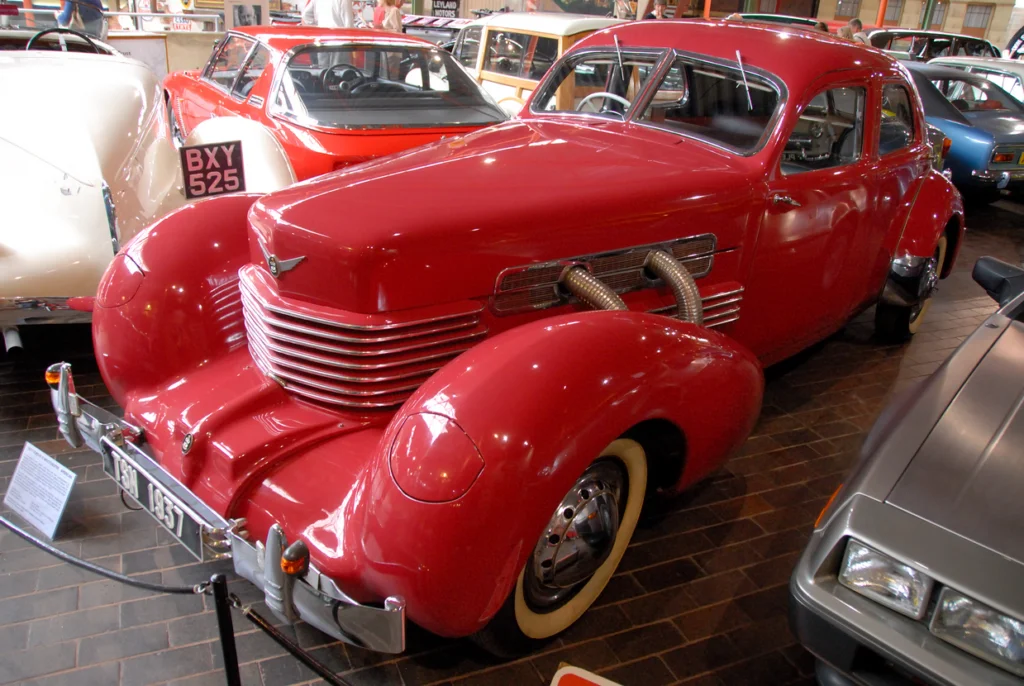
Though technically from the 1930s, the Cord’s influence extended for decades and deserves mention for being perhaps the most advanced car of the pre-war era. The sleek “coffin nose” design featured hidden headlights, no running boards, and a louvered “wraparound” grille that wouldn’t look out of place in the 1950s. Front-wheel drive, a “fingertip” pre-selector gearbox, and variable-speed windshield wipers were just a few innovations that made other cars seem outdated overnight.
Unfortunately, rushed production led to quality issues while the Great Depression limited the market for luxury cars, ending production after just two years—though its design influence would be felt for decades.
8. Chevrolet Corvair (1960-1969)
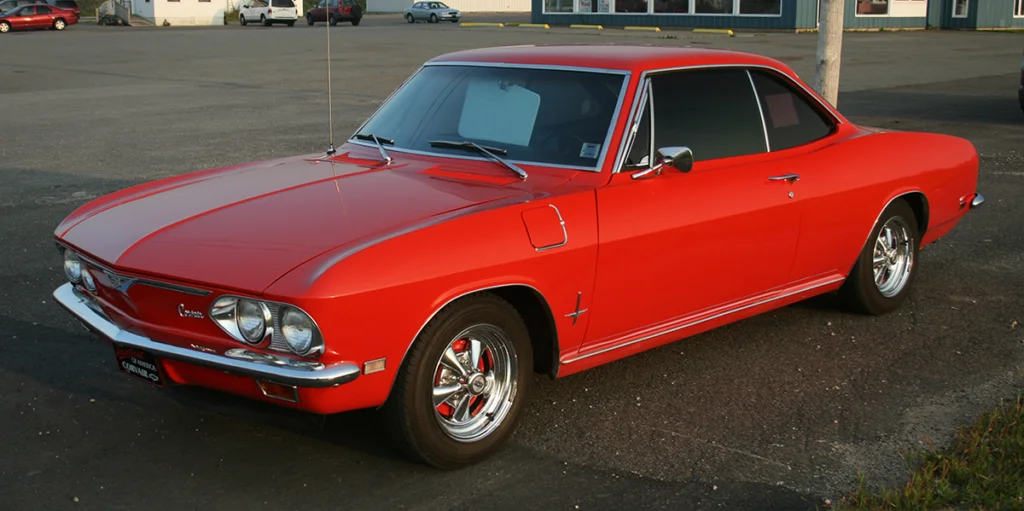
GM’s ambitious compact car featured an air-cooled rear engine when every other American car had water-cooled engines up front. The revolutionary design eliminated the need for antifreeze and traditional radiators while providing excellent traction on slippery roads. The Corvair’s advanced suspension and sporty handling made the second-generation model (1965-1969) one of the best-handling American cars of the period.
Sadly, the first-generation models’ swing-axle rear suspension design became the centerpiece of Ralph Nader’s “Unsafe at Any Speed,” creating a safety controversy that damaged the car’s reputation beyond repair, even though later models corrected the handling issues.
9. Mazda Cosmo Sport (1967-1972)
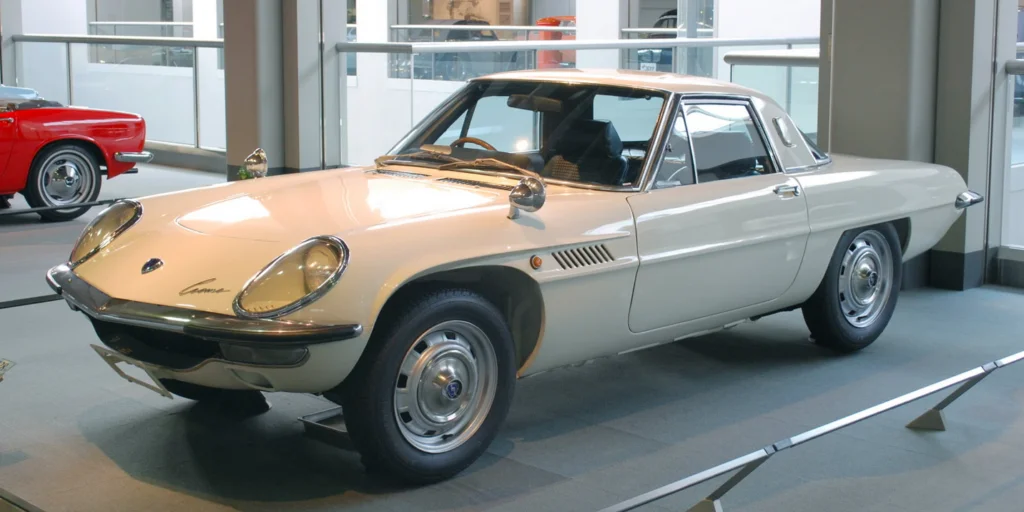
This gorgeous Japanese sports car helped establish Mazda’s reputation for technical innovation and showed that Japan could produce more than just economical transportation. The Cosmo pioneered Mazda’s now-legendary rotary engine technology, which delivered smooth, high-revving performance from a compact powerplant that could outrun many larger engines. Its avant-garde styling combined European elegance with Space Age details, making it look like something straight out of The Jetsons.
Mazda’s commitment to the complex rotary technology nearly bankrupted the company during the 1970s oil crisis when fuel efficiency suddenly became paramount, but their perseverance eventually paid off with the legendary RX-7 and RX-8 sports cars.
10. Oldsmobile Toronado (1966-1970)
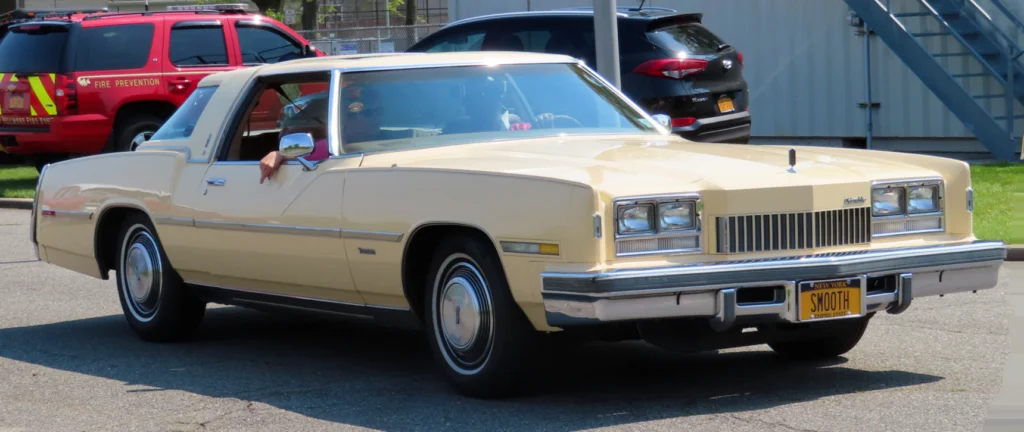
General Motors’ first modern front-wheel-drive car combined bold, futuristic styling with a revolutionary drivetrain that somehow managed to channel 385 horsepower through the front wheels without tearing itself apart. Engineers developed an ingenious torsion bar suspension and “split torque” transmission to handle the big-block V8’s power while maintaining impressive handling for such a large luxury car. The innovative design allowed for a completely flat floor, eliminating the driveshaft tunnel and creating a more spacious interior for six passengers.
While critically acclaimed, the buying public wasn’t quite ready for such a radical departure from tradition, and convertible versions were vetoed by GM management who feared rollover safety issues.
11. Audi 100 (C3) (1982-1991)
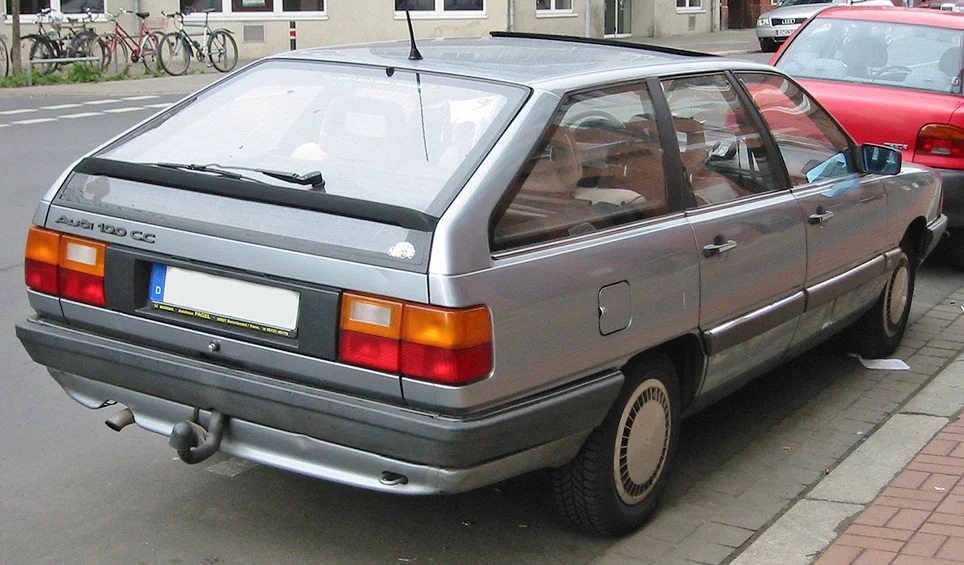
This slippery sedan stunned the automotive world with its then-unprecedented 0.30 drag coefficient, achieved through countless hours of wind tunnel testing. The aerodynamic shape reduced wind noise, improved fuel economy, and established the template for sedan design that other manufacturers would follow for decades. Flush-mounted windows, integrated bumpers, and a smooth underbody showed extraordinary attention to aerodynamic details when most cars still resembled boxy living rooms on wheels.
Unfortunately, the C3 generation arrived just as Audi was battling the infamous “unintended acceleration” controversy in America, and its advanced design couldn’t overcome the brand’s tarnished reputation, limiting its market success despite its groundbreaking engineering.
12. Subaru XT (1985-1991)
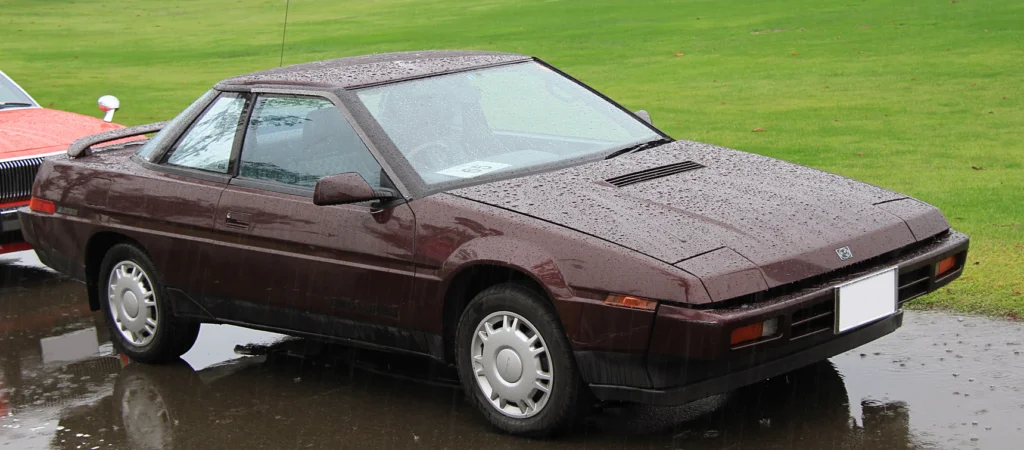
This wedge-shaped coupe looked like nothing else on the road, with aircraft-inspired features like a steering wheel that resembled a control yoke and a digital dashboard that seemed imported from the future. The XT offered features rarely seen in its price class: pneumatic suspension, digital climate control, and an optional turbocharger with an electronically controlled continuously variable transmission. Subaru’s commitment to all-wheel drive technology provided exceptional handling and safety long before these became selling points for mainstream vehicles.
The public, however, wasn’t ready for something that looked like it belonged in “Back to the Future,” and the XT’s sales never matched its technical ambition despite developing a devoted cult following.
The automotive landscape we take for granted today was shaped by these pioneering vehicles that dared to reimagine what transportation could be. While many of these cars struggled commercially, their innovations eventually became mainstream—sometimes decades later. Today’s electric vehicles, advanced safety systems, and aerodynamic designs all owe a debt to these forward-thinking machines that pushed boundaries when conservatism dominated the industry. Perhaps the true measure of these cars’ greatness isn’t sales figures but their lasting influence on automotive design and engineering. They weren’t failures—they were just waiting for the world to catch up to their brilliance.


